Home>Home Appliances>Kitchen Appliances>How Often Should You Descale An Espresso Machine
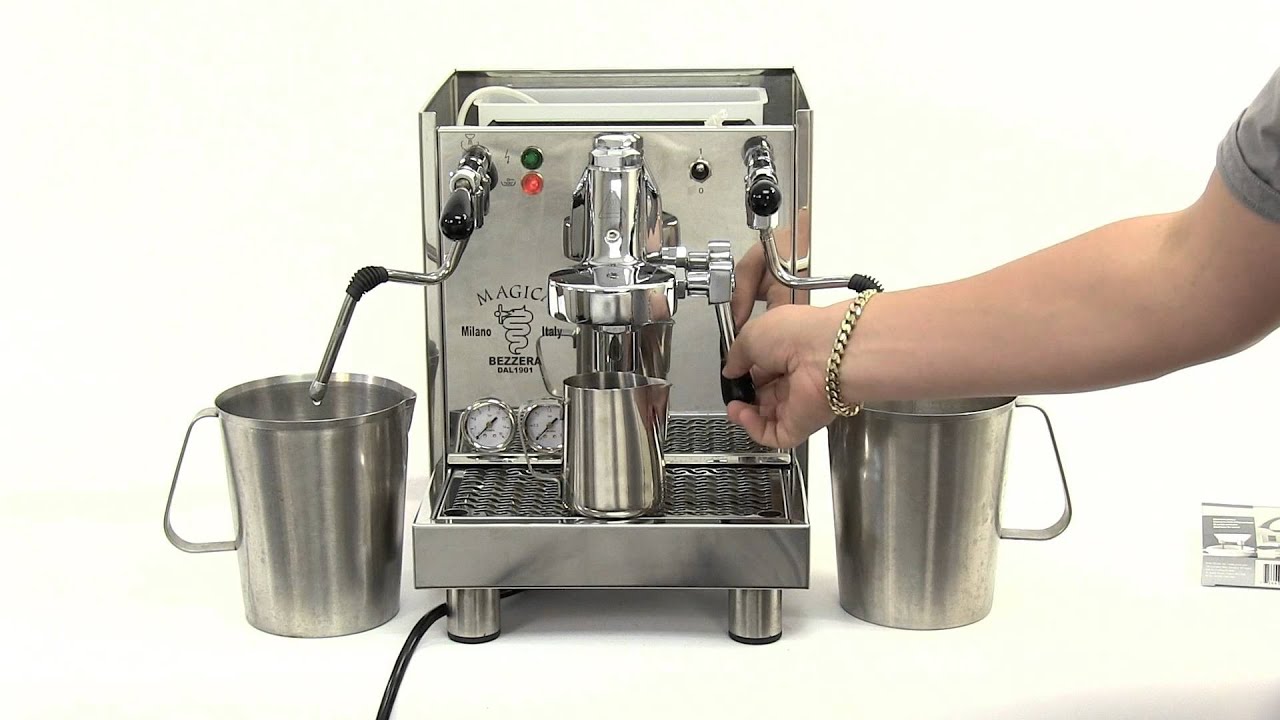

Kitchen Appliances
How Often Should You Descale An Espresso Machine
Modified: February 26, 2024
Learn how often to descale your espresso machine to keep it in top condition. Get expert tips on maintaining kitchen appliances for optimal performance. Discover the best descaling schedule.
(Many of the links in this article redirect to a specific reviewed product. Your purchase of these products through affiliate links helps to generate commission for Storables.com, at no extra cost. Learn more)
Introduction
Espresso machines are a beloved staple in many households, offering the indulgence of a freshly brewed cup of espresso without the hassle of a trip to the local café. However, to ensure that your machine continues to deliver top-notch performance and delectable espresso, it's crucial to understand and prioritize maintenance tasks. Descaling, in particular, plays a pivotal role in preserving the functionality and longevity of your espresso machine.
Descaling is the process of removing mineral deposits that accumulate over time from the water used in the espresso-making process. These deposits, primarily consisting of calcium and magnesium, can build up within the internal components of the machine, such as the boiler and the water lines. Over time, this accumulation can impede the machine's performance, leading to issues such as reduced water flow, uneven brewing, and potential damage to internal parts.
To maintain the optimal functionality of your espresso machine and the quality of your espresso, it's essential to grasp the significance of descaling and the frequency at which it should be performed. In this comprehensive guide, we will delve into the nuances of descaling, explore the factors that influence descaling frequency, identify the telltale signs that your espresso machine is due for descaling, and ultimately determine how often you should descale your beloved espresso machine. So, let's embark on this journey to unravel the secrets of maintaining a pristine and efficient espresso machine.
Key Takeaways:
- Regular descaling of your espresso machine prevents limescale buildup, ensuring consistent brewing quality and extending the machine’s lifespan. Consider water hardness, usage patterns, and visual indicators to determine the optimal descaling frequency.
- Recognize signs like slow water flow and uneven brewing to proactively address limescale accumulation in your espresso machine. Follow manufacturer’s recommendations and tailor a descaling schedule for peak performance and delightful espresso.
Read more: How Often Should You Descale A Kettle
Understanding Descaling
Descaling is a fundamental maintenance task that safeguards the performance and longevity of your espresso machine. When water is heated within the machine’s boiler to brew espresso, it often contains minerals such as calcium and magnesium. Over time, these minerals can accumulate and solidify, forming a stubborn layer of limescale within the internal components of the machine. This limescale not only impedes the flow of water but also hinders the transfer of heat, ultimately affecting the machine’s ability to brew espresso effectively.
The descaling process involves using a descaling solution or a mixture of water and citric acid to dissolve and eliminate the limescale deposits. The solution is circulated through the machine’s internal components, effectively breaking down the mineral buildup and restoring the machine’s functionality. It’s important to follow the manufacturer’s guidelines when selecting a descaling solution to ensure compatibility with your specific espresso machine.
Regular descaling not only prevents the accumulation of limescale but also contributes to the overall hygiene of the machine. The warm, damp environment within the espresso machine provides an ideal breeding ground for bacteria and mold. Descaling helps eliminate these potentially harmful contaminants, ensuring that your espresso is not only delicious but also safe to consume.
By comprehending the significance of descaling and its impact on the performance and hygiene of your espresso machine, you can proactively maintain its functionality and extend its lifespan. Now that we’ve established the importance of descaling, let’s explore the factors that influence the frequency of this crucial maintenance task.
Factors Affecting Descaling Frequency
The frequency at which you should descale your espresso machine is influenced by several key factors, each playing a significant role in determining the accumulation of limescale and the overall maintenance needs of the machine.
- Water Hardness: The hardness of the water used in your espresso machine is a primary factor influencing descaling frequency. Hard water, characterized by high mineral content, accelerates the buildup of limescale within the machine. Areas with hard water may require more frequent descaling compared to regions with soft water.
- Machine Usage: The frequency and volume of espresso production impact the rate of limescale accumulation. Commercial espresso machines used in bustling cafés may necessitate more frequent descaling compared to home machines that see lighter usage.
- Descale Products: The type and quality of descaling solutions or products used can affect descaling frequency. High-quality descaling products may provide more effective and long-lasting descaling, reducing the frequency of maintenance.
- Machine Design and Materials: The internal design and materials of the espresso machine can influence limescale buildup. Machines with smaller internal pathways or certain materials may be more prone to rapid limescale accumulation, necessitating more frequent descaling.
- Manufacturer’s Recommendations: Following the manufacturer’s guidelines is crucial in determining the appropriate descaling frequency. Manufacturers often provide specific recommendations based on the machine’s design, components, and intended usage, serving as a valuable reference for maintenance schedules.
By considering these factors, you can tailor your descaling schedule to suit the unique characteristics of your espresso machine and the water quality in your area. Understanding these influences empowers you to proactively maintain your machine, ensuring consistent performance and the longevity of your beloved espresso maker.
It is recommended to descale your espresso machine every 1-3 months, depending on the hardness of your water. Hard water may require more frequent descaling to prevent mineral buildup.
Signs That Your Espresso Machine Needs Descaling
Recognizing the signs indicating that your espresso machine requires descaling is essential for maintaining its performance and preventing potential damage. By staying vigilant for these indicators, you can address limescale buildup promptly, ensuring that your machine continues to produce high-quality espresso. Here are the key signs that signal the need for descaling:
- Slow Water Flow: A noticeable reduction in water flow during the espresso extraction process is often a clear indication of limescale accumulation. The constriction of internal pathways due to limescale impedes the flow of water, resulting in prolonged extraction times.
- Uneven Brewing: Limescale deposits can disrupt the even distribution of water during the brewing process, leading to inconsistencies in the flavor and strength of the espresso. If you observe variations in the quality of your espresso shots, descaling may be necessary.
- Visible Scale Deposits: Inspect the water reservoir, internal components, and the espresso machine’s dispensing spout for visible scale deposits. Limescale often manifests as white or off-white crusty deposits, indicating the need for descaling.
- Unusual Noises: If your espresso machine emits unusual sounds during operation, such as gurgling or sputtering, it may be attributed to limescale obstructing the flow of water or interfering with the machine’s internal mechanisms.
- Reduced Temperature: Limescale buildup can insulate heating elements, diminishing their ability to reach and maintain the optimal brewing temperature. This can result in under-extracted espresso with a lackluster flavor profile.
- Increased Maintenance Warnings: Some modern espresso machines are equipped with maintenance indicators that alert users to the need for descaling. If your machine displays such warnings or prompts, it’s crucial to heed these notifications and initiate the descaling process.
By remaining attentive to these signs, you can proactively address limescale accumulation and preserve the performance and longevity of your espresso machine. Timely descaling not only ensures consistent brewing quality but also mitigates the risk of potential damage caused by neglected limescale buildup.
How Often to Descale Your Espresso Machine
Determining the ideal descaling frequency for your espresso machine is essential for maintaining its performance and ensuring the longevity of its internal components. While specific descaling intervals may vary based on individual circumstances, several general guidelines can help you establish an effective maintenance schedule for your beloved espresso maker.
Water Hardness: The hardness of the water used in your espresso machine plays a significant role in determining descaling frequency. In areas with hard water, characterized by high mineral content, more frequent descaling is typically required to prevent excessive limescale buildup. Conversely, regions with soft water may necessitate less frequent descaling.
Manufacturer’s Recommendations: Adhering to the descaling guidelines provided by the manufacturer is crucial. Manufacturers often specify the recommended descaling frequency based on the design, components, and intended usage of the espresso machine. These recommendations serve as valuable benchmarks for establishing a proactive maintenance schedule.
Usage Patterns: The frequency and volume of espresso production influence the rate of limescale accumulation. Commercial-grade espresso machines used in high-traffic environments may require more frequent descaling compared to home machines that see lighter usage. Monitoring the machine’s usage patterns can help tailor the descaling schedule to its specific needs.
Visual and Operational Indicators: Observing signs such as slow water flow, uneven brewing, visible scale deposits, unusual noises, and reduced temperature can prompt the need for descaling. Regularly inspecting your espresso machine for these indicators can guide the frequency of descaling, allowing you to address limescale buildup proactively.
As a general guideline, it is often recommended to descale your espresso machine every one to three months, depending on the aforementioned factors. However, it’s important to note that individual circumstances, such as water hardness and usage patterns, can significantly influence the optimal descaling frequency for your specific machine.
By integrating these considerations and remaining attentive to the signs indicating the need for descaling, you can establish a tailored maintenance schedule that preserves the functionality and brewing quality of your espresso machine. Proactive descaling not only safeguards the internal components of the machine but also ensures that you can consistently savor the delightful essence of freshly brewed espresso.
Read more: How To Descale An Espresso Machine
Conclusion
Descaling is a fundamental aspect of maintaining the performance, functionality, and hygiene of your espresso machine. By comprehending the nuances of descaling and the factors influencing its frequency, you can proactively preserve the quality of your espresso and the longevity of your beloved machine.
Understanding the impact of water hardness, machine usage, descale products, machine design, and manufacturer’s recommendations empowers you to tailor a descaling schedule that aligns with the unique characteristics of your espresso machine and the water quality in your area. By integrating these considerations, you can establish a proactive maintenance regimen that mitigates the adverse effects of limescale buildup and ensures consistent brewing performance.
Recognizing the signs that indicate the need for descaling, such as slow water flow, uneven brewing, visible scale deposits, unusual noises, and reduced temperature, enables you to address limescale accumulation promptly, preserving the integrity of your machine and the quality of your espresso.
When determining the optimal descaling frequency, it’s essential to consider water hardness, manufacturer’s recommendations, usage patterns, and visual and operational indicators. By doing so, you can establish a tailored maintenance schedule that safeguards the functionality and brewing quality of your espresso machine.
Ultimately, by prioritizing descaling as an integral part of espresso machine maintenance, you can indulge in the exquisite flavors of freshly brewed espresso while ensuring that your machine continues to deliver exceptional performance for years to come.
Embracing the art of descaling not only upholds the functionality of your espresso machine but also enriches the ritual of savoring a perfectly brewed cup of espresso, elevating the experience to new heights of satisfaction and delight.
Frequently Asked Questions about How Often Should You Descale An Espresso Machine
Was this page helpful?
At Storables.com, we guarantee accurate and reliable information. Our content, validated by Expert Board Contributors, is crafted following stringent Editorial Policies. We're committed to providing you with well-researched, expert-backed insights for all your informational needs.
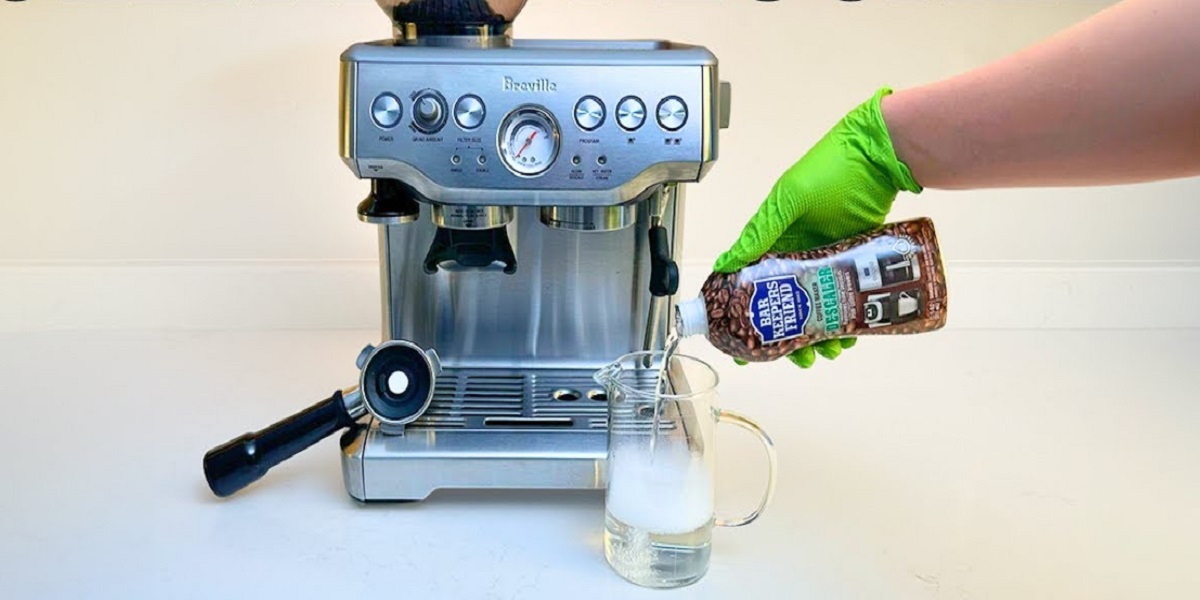
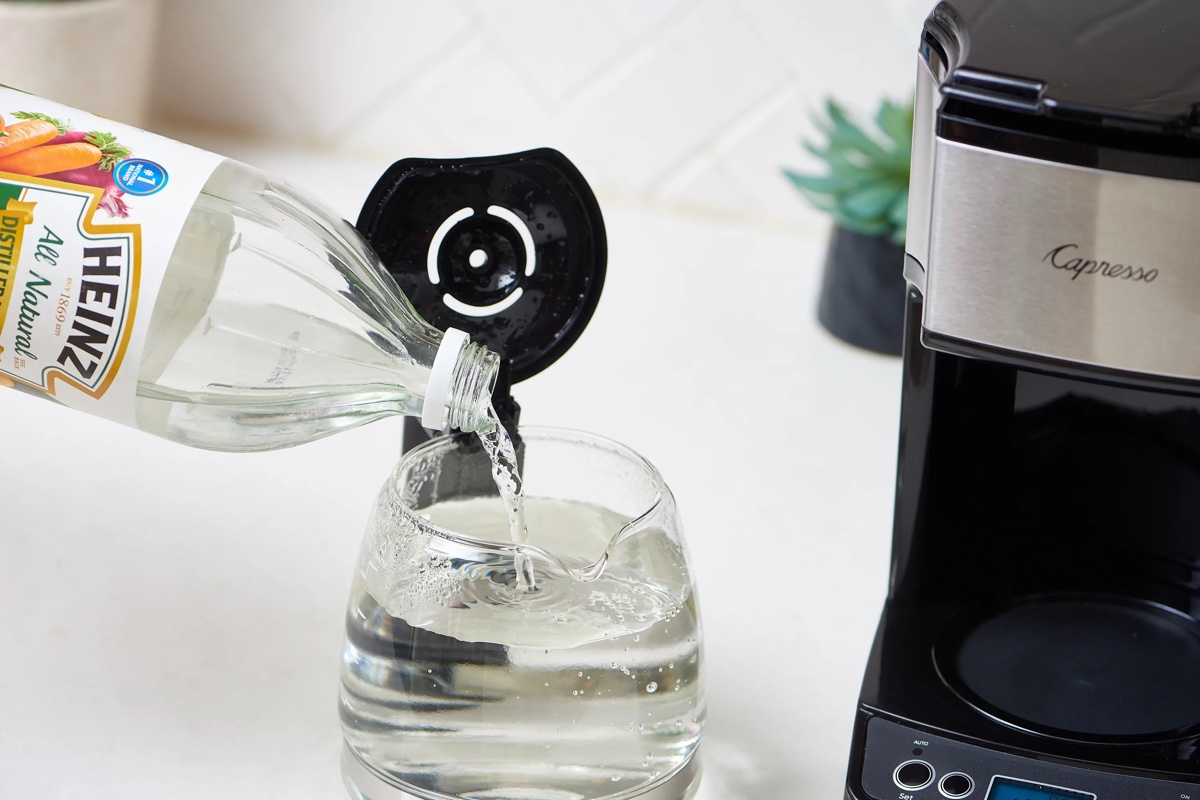
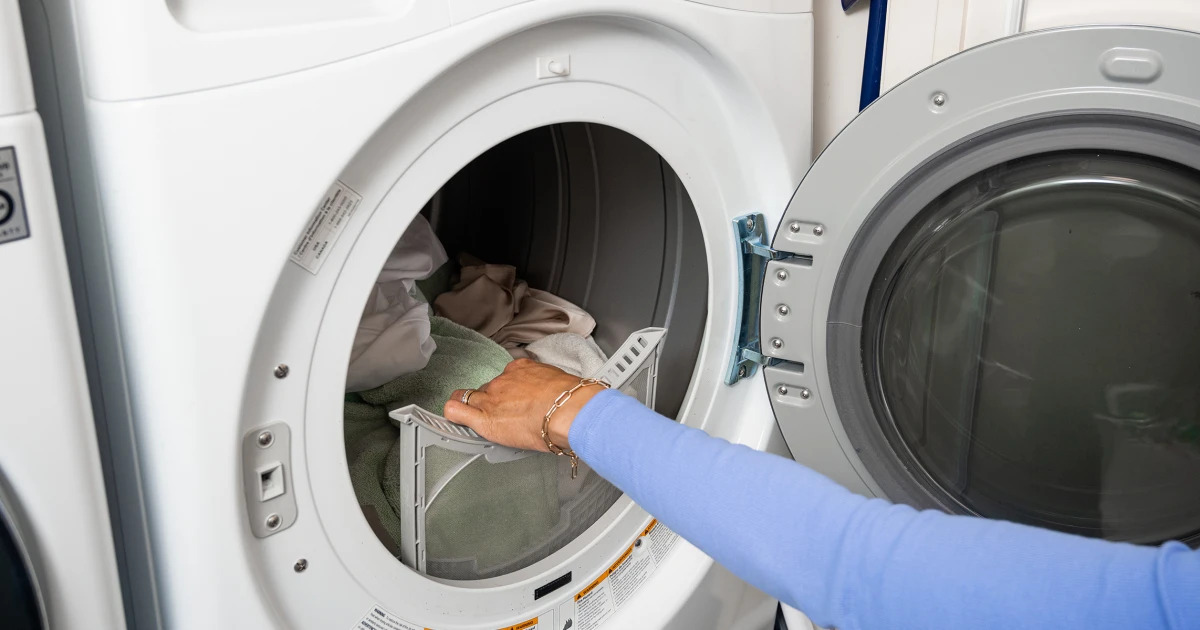
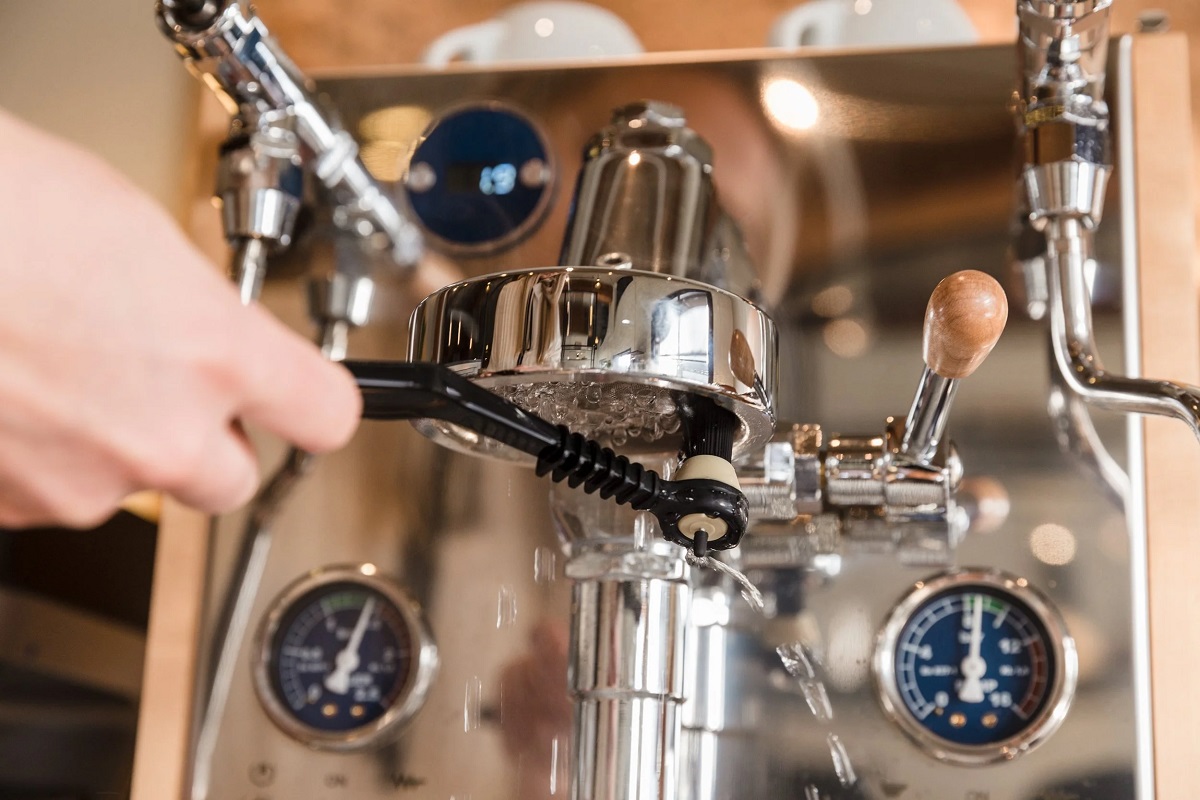
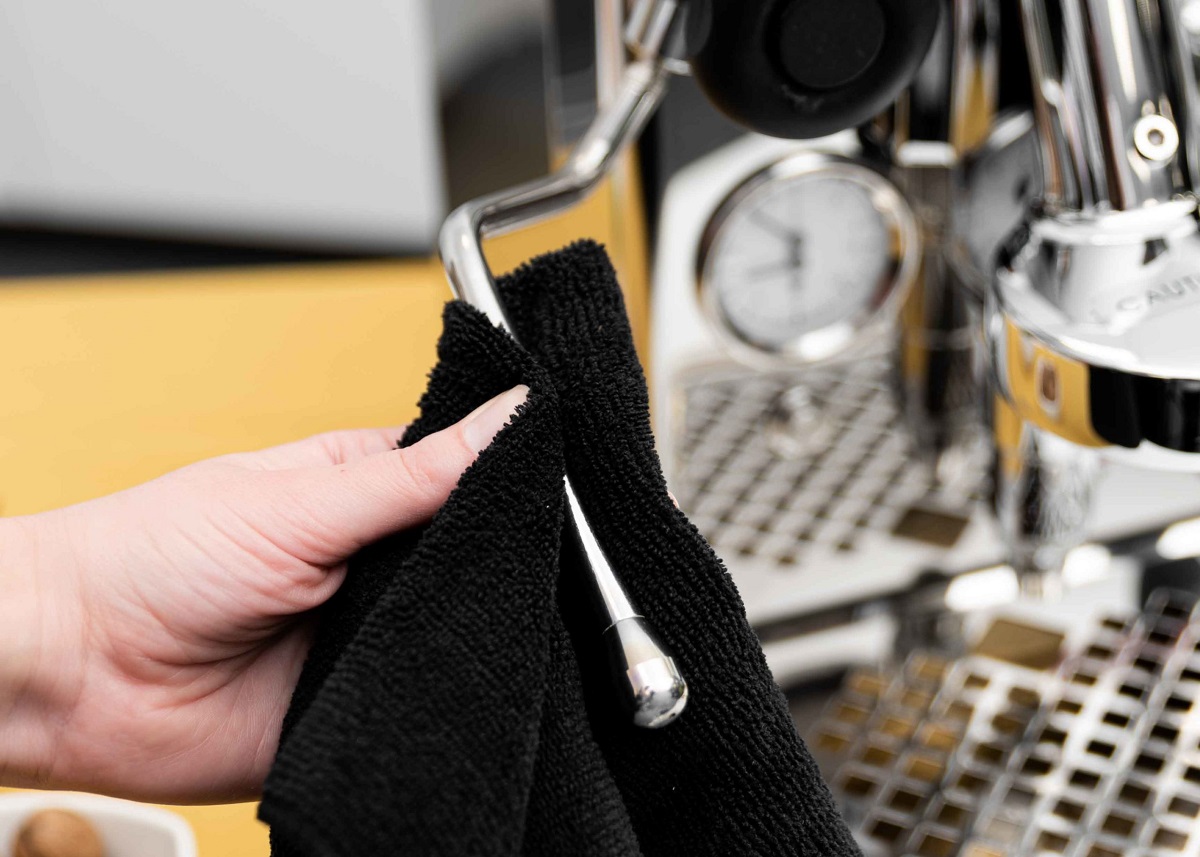
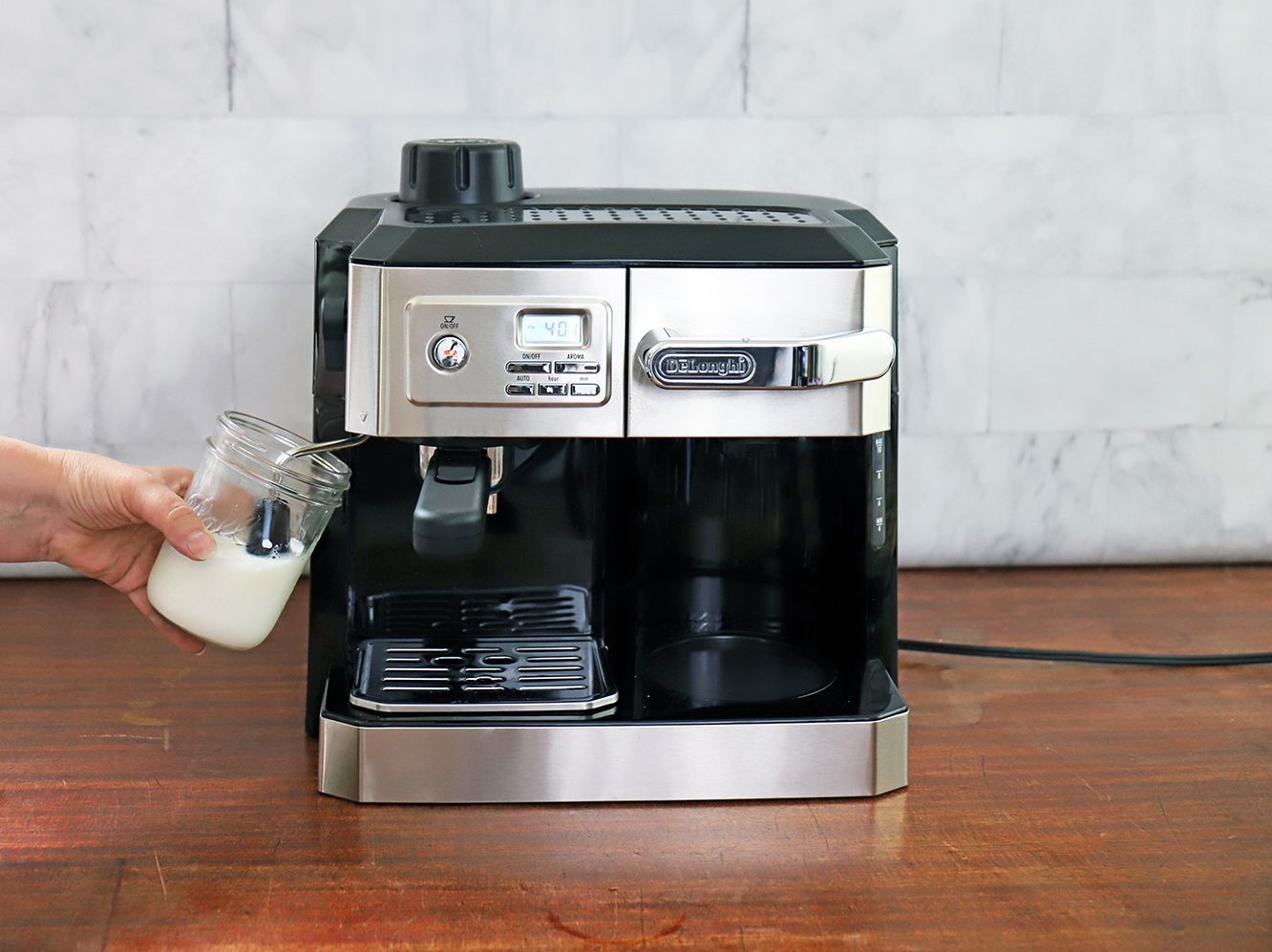


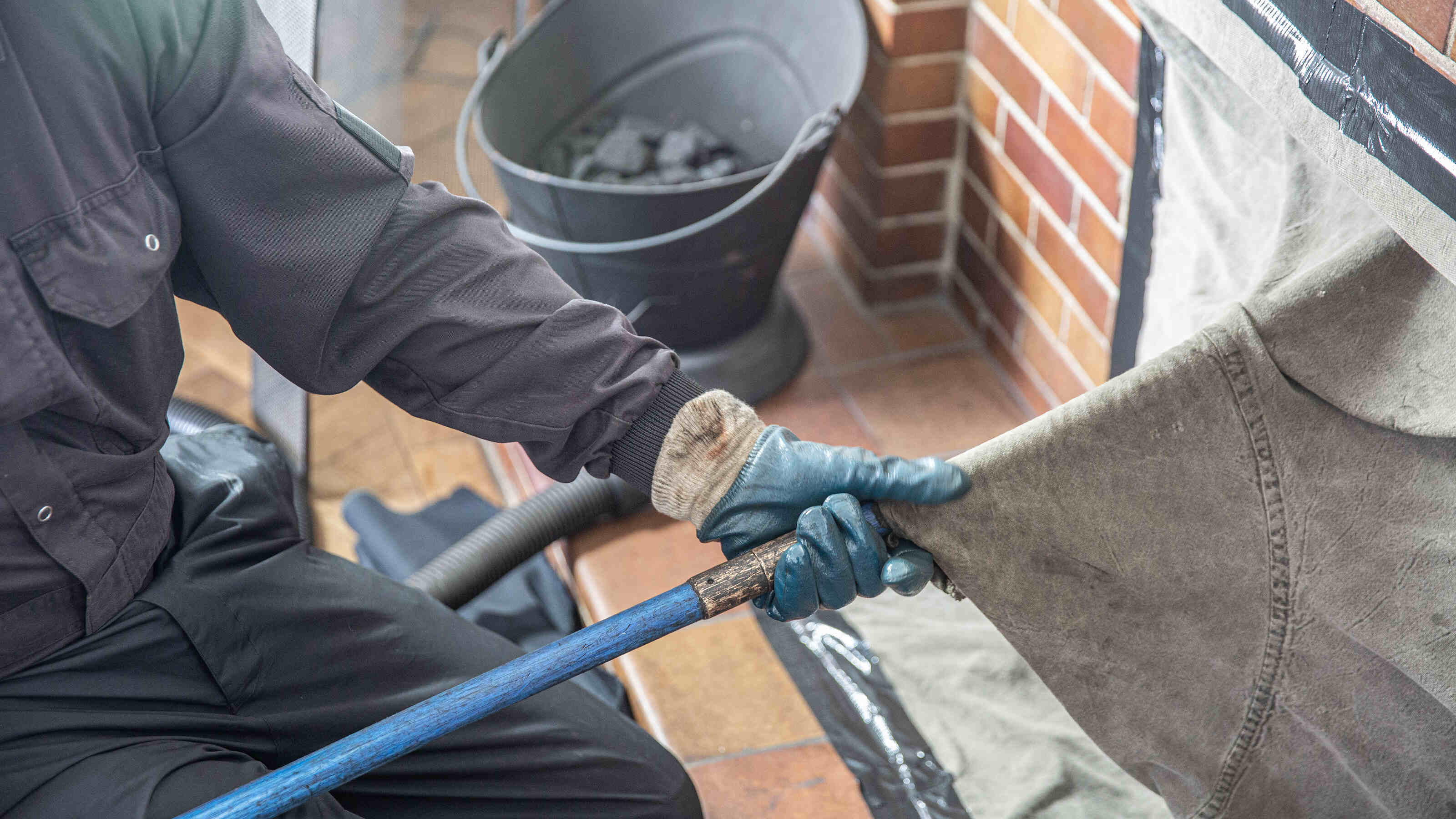

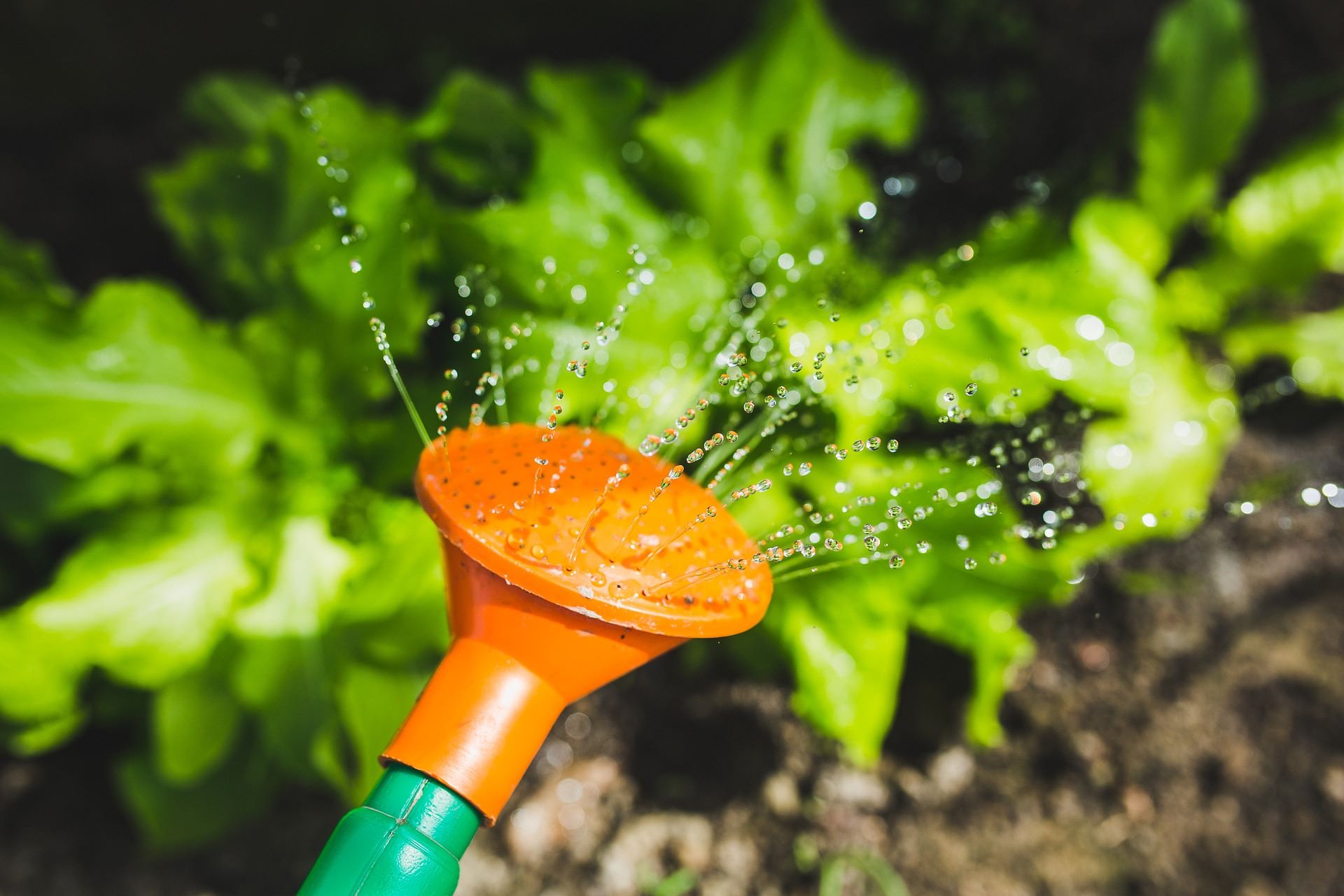
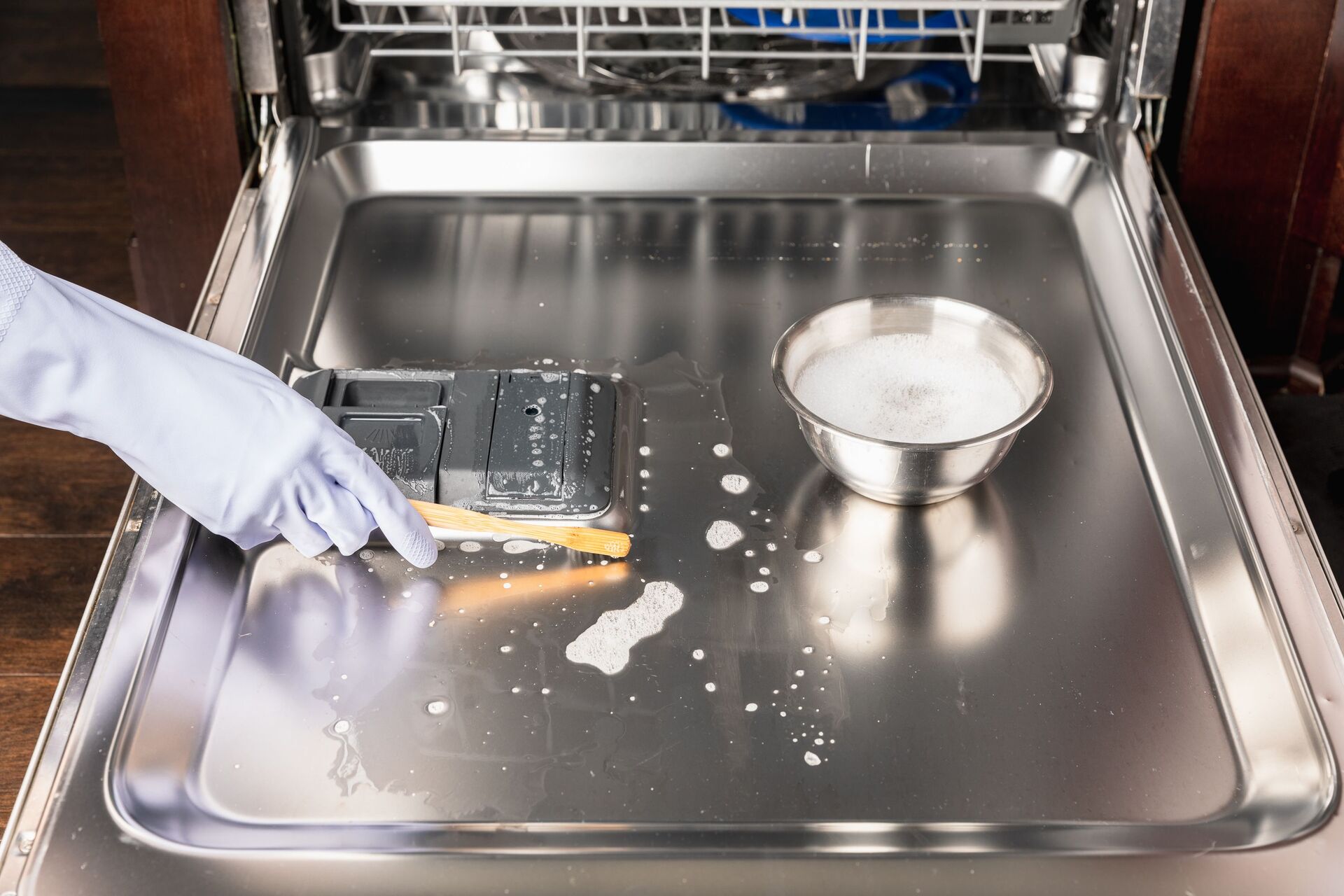

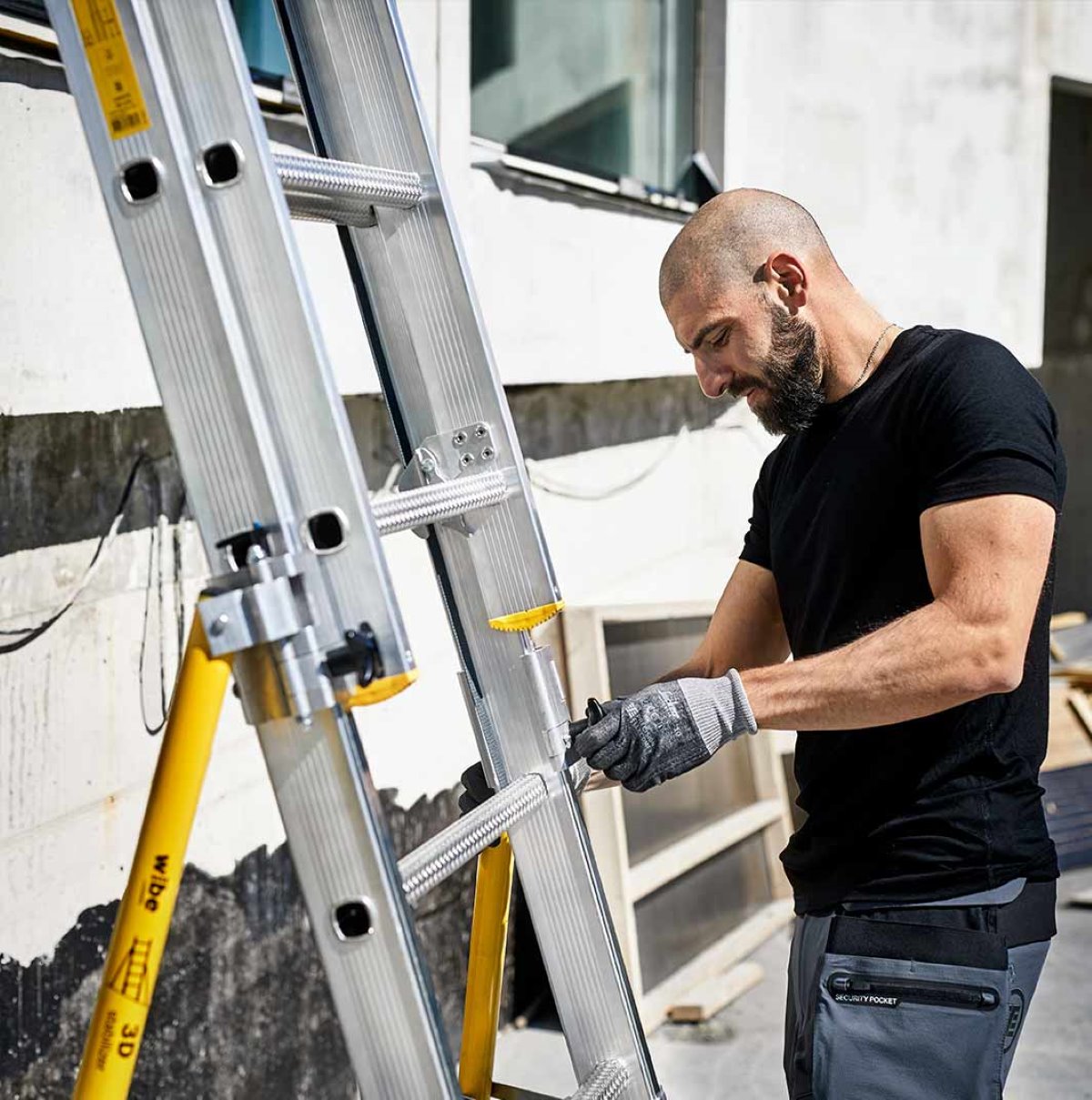

0 thoughts on “How Often Should You Descale An Espresso Machine”